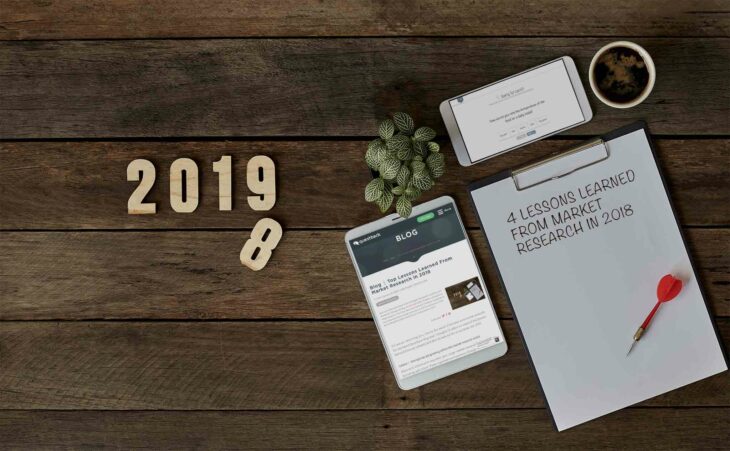5 Ways to Save Time Conducting Market Research Surveys

Thanks to the internet and technology it has never been easier to conduct market research surveys. But ensuring you get accurate, insightful results within the right timeframe is becoming harder and harder for a variety of reasons.
First, there’s the problem of survey saturation. Consumers are being asked for their opinions more frequently, meaning they are tired of participating and it takes longer to get the number of responses you need.
Second, there’s the mistake of using too many separate tools. It’s not uncommon for companies to use one tool for data collection, another for tabulation and another for reporting. The more tools you use, the greater the chance of human error and the longer the whole process takes.
Third, companies are not running surveys often enough or acting quickly on the insights they receive. Today’s fast-moving business environment means that consumer opinions are changing rapidly. Infrequent market research surveys will not tell you the whole story or may not highlight subtle shifts or trends. And, if you wait too long to act on any insights you do receive, the results may be out of date.
Fourth, there can be mistakes in the way surveys are designed. Problems include:
- Poorly worded or confusing questions
- Market Research Surveys that are too long or boring
- Questions that are irrelevant to the survey sample or unnecessary for purposes of the research
- Not considering the device that respondents may be using to take part
Consumers can also be put off completing surveys because the initial questions relate to sensitive topics– their income or sexual orientation for example.
So how can you turn around market research surveys faster and get useful insights quicker? Here are five tips.
1. Start with the Why
Be very clear about the purpose of the survey and what you want to get out of it. This will help you assess if it is really the best way to get the information you need. It will also ensure your survey is clearly focused on the problem – this will help you identify the must-have questions from the less relevant ones that just make the survey longer. For example, when designing a quantitative survey, before adding lots of open ended questions, consider whether you understand sufficiently how people perceive the issue or whether a qualitative view would be a better starting point.
2. Use a single tool or platform
You should try to complete the whole market research survey process using a single tool – from collection through analysis to reporting. This obviously means less time is spent transferring data from one system to another and you can act on the results faster, even during the data collection process to get an early steer on opinion. Ideally you also want to be able to run qualitative and quantitative market research from the same platform to give you more holistic insights. You can then analyse the results side by side so it’s easier and faster to explore correlations and trends.
3. Think about the experience
When designing the survey, try to think like a respondent. Value their time and aim to create a survey experience that is as effortless as possible. Make it appealing and engaging, perhaps using graphics and images to hold people’s attention. But ensure that any approaches you use are a good fit with the demographic and your survey design works smoothly on the devices they’ll be using to complete it.
4. Be agile
There’s no point asking people for feedback months after an event or so infrequently that they cannot recall the issues accurately or are no longer engaged with them. You need to have tools that allow you to set up and launch surveys quickly and efficiently, saving you time by incorporating automation throughout the process. Of course, you need to choose the right type of survey (whether that’s qualitative, quantitative, or a poll on an online community) and the correct length (short sharp poll or detailed survey) to meet your specific needs.
5. Use the insight
The biggest waste of your company’s time and money is running market research surveys and then not acting on the insight, either because it wasn’t asking the right questions or because there is no link between the analysis and actions. Look at how you can integrate the survey and feedback gathering process, with real-time dashboard reporting to show results in a drill-down form. You and the managers in your company should have the ability to track changes over time and to connect this to other business data so that it feeds into real decision making that makes a difference.
Technology has made market research surveys more accessible than ever. However, you still need to think and plan carefully and make use of the right to conduct surveys in a timely, efficient way. And to ensure the research produces relevant accurate results that are actionable and available in a format that can support informed decision-making.









